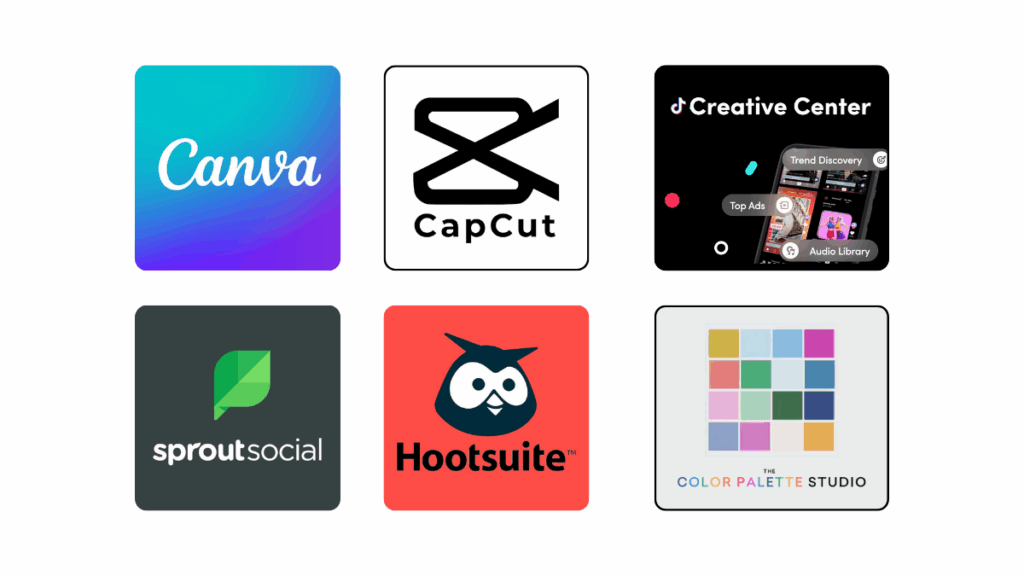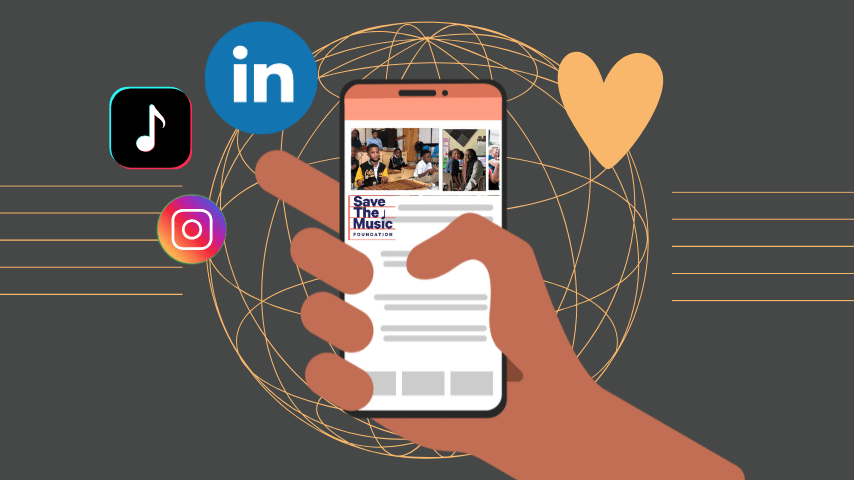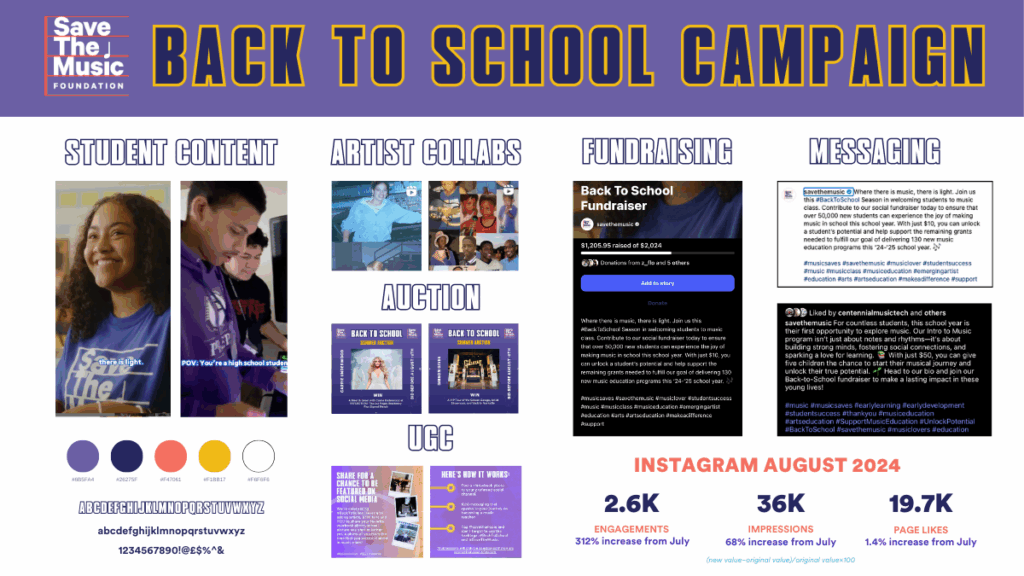Social media has become an essential tool for nonprofits to increase awareness, engage communities, and inspire action. Whether the goal is to amplify advocacy campaigns, connect with supporters, or drive fundraising, digital platforms give nonprofits powerful opportunities to expand their reach. By implementing social media best practices, organizations can transform awareness into measurable impact.
Before diving into actionable strategies, it’s important to understand why social media matters for nonprofits and how intentional planning shapes long-term success.
Why is Social Media Important for Nonprofits?
Social media empowers nonprofits to tell their story, build a community, and mobilize supporters worldwide. With limited budgets and small teams, nonprofits can still create outsized impact through strategic digital engagement.
- Expands reach: Platforms like TikTok, Instagram, LinkedIn, and Facebook connect nonprofits with diverse audiences, from students to policymakers.
- Drives donations: Fundraising tools built into platforms simplify giving and inspire supporters to act instantly.
- Strengthens advocacy: Streaming performances, sharing student or beneficiary success stories, and promoting petitions raise visibility for important causes.
A well-planned social strategy turns casual followers into active advocates, donors, and partners. For more on intentional planning, view our Save The Music Social Media Coordinator Izzy’s Comprehensive Report on social media best practices for nonprofits.
7 Social Media Best Practices Every Nonprofit Should Follow
1. Develop a Clear Social Media Strategy
Creating a strategy ensures every post aligns with your mission and goals. Start with SMART goals (Specific, Measurable, Achievable, Relevant, and Time-bound) so you can track progress effectively. Identify your key platforms, outline your content pillars, and determine the role each channel plays.
When strategy drives action, nonprofits can prioritize content that maximizes engagement and impact instead of spreading themselves too thin.
2. Know Your Audience and Tailor Content
Understanding your audience is essential for developing social media marketing best practices. Nonprofits often serve diverse communities, so tailoring content means knowing not just who your audience is, but also how to communicate with them across different platforms.
Start with demographics and behaviors: define who your audience is (students, educators, donors, policymakers, parents, or community leaders) and identify what kind of content resonates with them. For example, younger audiences on TikTok may prefer short, authentic videos featuring student voices, while LinkedIn audiences respond better to professional updates, detailed captions, and thought leadership.
Integrate brand consistency: Cohesion across platforms builds trust. Always refer back to your organization’s brand guidelines — including your logo, color palette, and tone of voice — to ensure content looks and feels unified. This makes it easier for supporters to recognize your content instantly, no matter the platform.
Practical takeaways:
- Regularly monitor other nonprofits and similar brands for inspiration.
- Ensure posts reflect your organization’s values and mission.
- Tailor your voice for each platform (casual for Instagram, professional for LinkedIn).
- Organize brand assets (logos, templates, fonts, palettes) in a central place.
- Monitor platform trends (e.g., trending TikTok audios) and adapt them.
- Test and analyze what resonates with different segments of your audience.
By blending audience insights with consistent branding, nonprofits can create authentic, relevant, and impactful content.

3. Share High-Quality Visual & Audio Content
Visual storytelling is one of the best practices of social media marketing. High-quality videos and graphics bring impact to life and connect emotionally with supporters.
Know your tools:
- Canva for quick, professional graphics.
- CapCut for mobile-friendly video editing.
- Sprout Social or Hootsuite for scheduling and analytics.

Practical tips:
- Use 9:16 aspect ratio for mobile-first video.
- Keep videos short (20–30 seconds) to maximize engagement.
- Add text overlays to reinforce your message.
- Light branding (logos at the end, subtle colors) performs better than heavy graphics.
- Prioritize reels and short-form video across Instagram, TikTok, and Facebook.


4. Leverage Storytelling to Inspire Action
Storytelling transforms content into action. By sharing stories from students, teachers, or community members, nonprofits humanize their work and motivate support.
Tips:
- Center real voices and authentic experiences.
- Use impact statements (“With $10, you can…”).
- Highlight both successes and ongoing needs.
Great storytelling builds empathy, urgency, and trust — the foundation of effective advocacy and fundraising.
5. Post Consistently & Use Key Dates
Consistency is one of the best practices for social media marketing. Posting 2–3 times per week helps nonprofits stay visible without overwhelming staff resources.
- Create a content calendar with advocacy days, school milestones, or awareness months.
- Use native scheduling tools for better results.
- Plan ahead for busy fundraising seasons like Giving Tuesday or year-end drives.
6. Engage Directly with Your Community
Social media is about two-way connection. To strengthen relationships:
- Respond to comments and messages promptly.
- Spotlight user-generated content from supporters.
- Run interactive polls, quizzes, or Q&A sessions.
Active engagement fosters loyalty and encourages long-term support.
7. Collaborate with Influencers and Partners
Collaboration amplifies your message. Partner with:
- Local artists or influencers for Instagram takeovers.
- Educators for LinkedIn thought leadership.
- Mission-aligned brands for campaigns.
Strategic partnerships expand reach, build credibility, and inspire new supporters.

Use Social Media to Grow Education and Advocacy Access
Social media is more than a communication tool—it’s one of the most powerful ways nonprofits can turn awareness into action. By implementing social media best practices, organizations can build trust, strengthen communities, and amplify their mission to reach entirely new audiences.
Advocacy and fundraising thrive when nonprofits use digital platforms to educate, inspire, and mobilize supporters. Every story, reel, or caption has the potential to spark a conversation, influence policy change, or inspire a donation. When used strategically, social media becomes a megaphone for impact.
To grow access to education and advocacy through social media:
- Pair storytelling with action: Share authentic stories from students, educators, and community members, then connect them to advocacy petitions or donation opportunities.
- Leverage campaigns year-round: Organize around key dates like Giving Tuesday, back-to-school season, or major advocacy milestones to keep momentum alive.
- Highlight community involvement: Celebrate the role of donors, volunteers, and advocates in your mission. Public recognition not only strengthens relationships but also inspires new supporters to join.
- Encourage offline action: Remind followers that every share, comment, or donation has a tangible effect beyond the digital space—strengthening schools, advancing equity, and expanding access to vital programs.

At its core, social media allows nonprofits to transform passive audiences into active changemakers. When you post with intention, you aren’t just driving engagement—you’re building a movement.
Every post, share, and story you publish online can help expand access to education and strengthen advocacy efforts. Take your advocacy further by exploring Music Education Advocacy Action Plans and make an immediate impact by supporting Save The Music’s programs through Ways to Donate.


